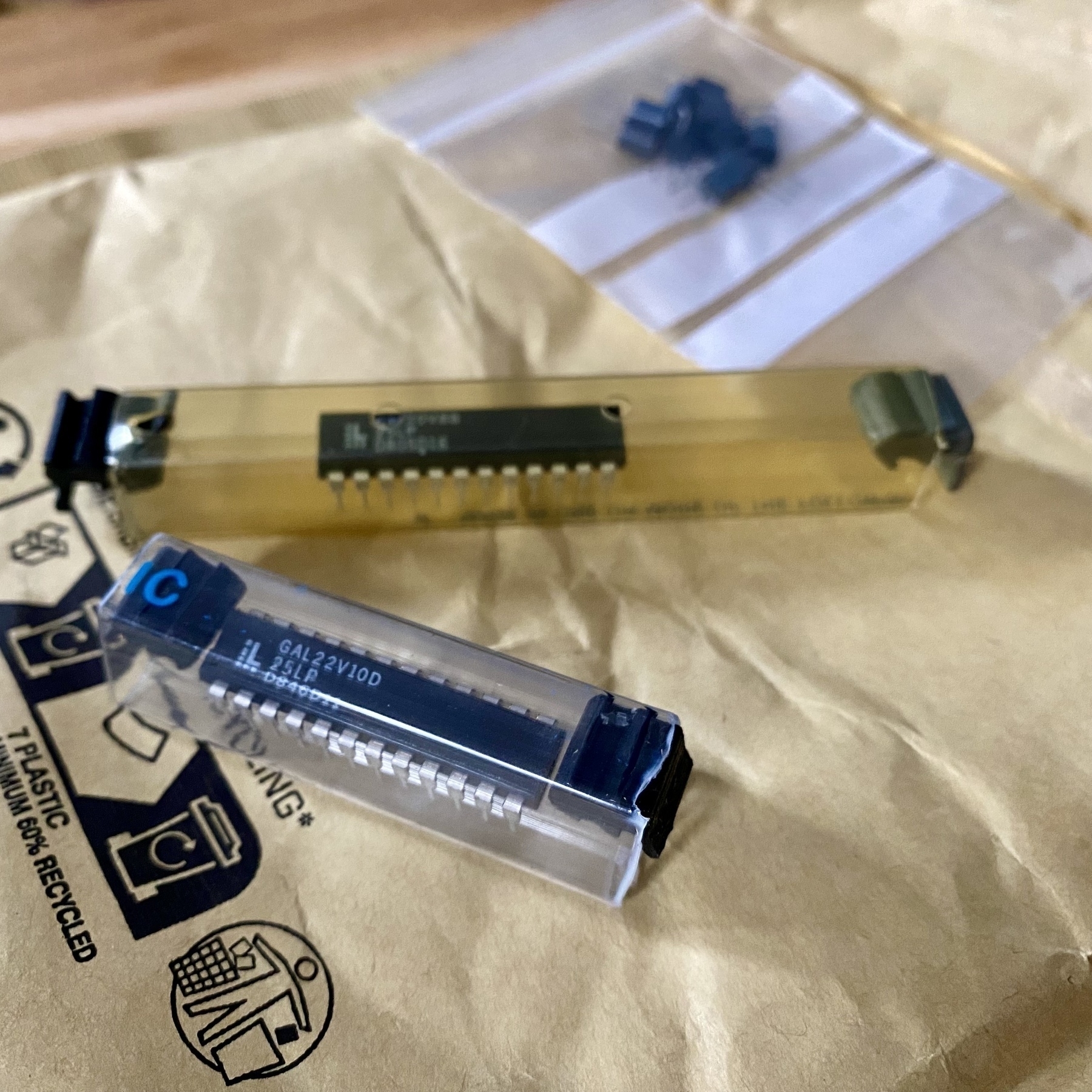Good morning! (It’s Snorkin’ Time!) ☕️🎩
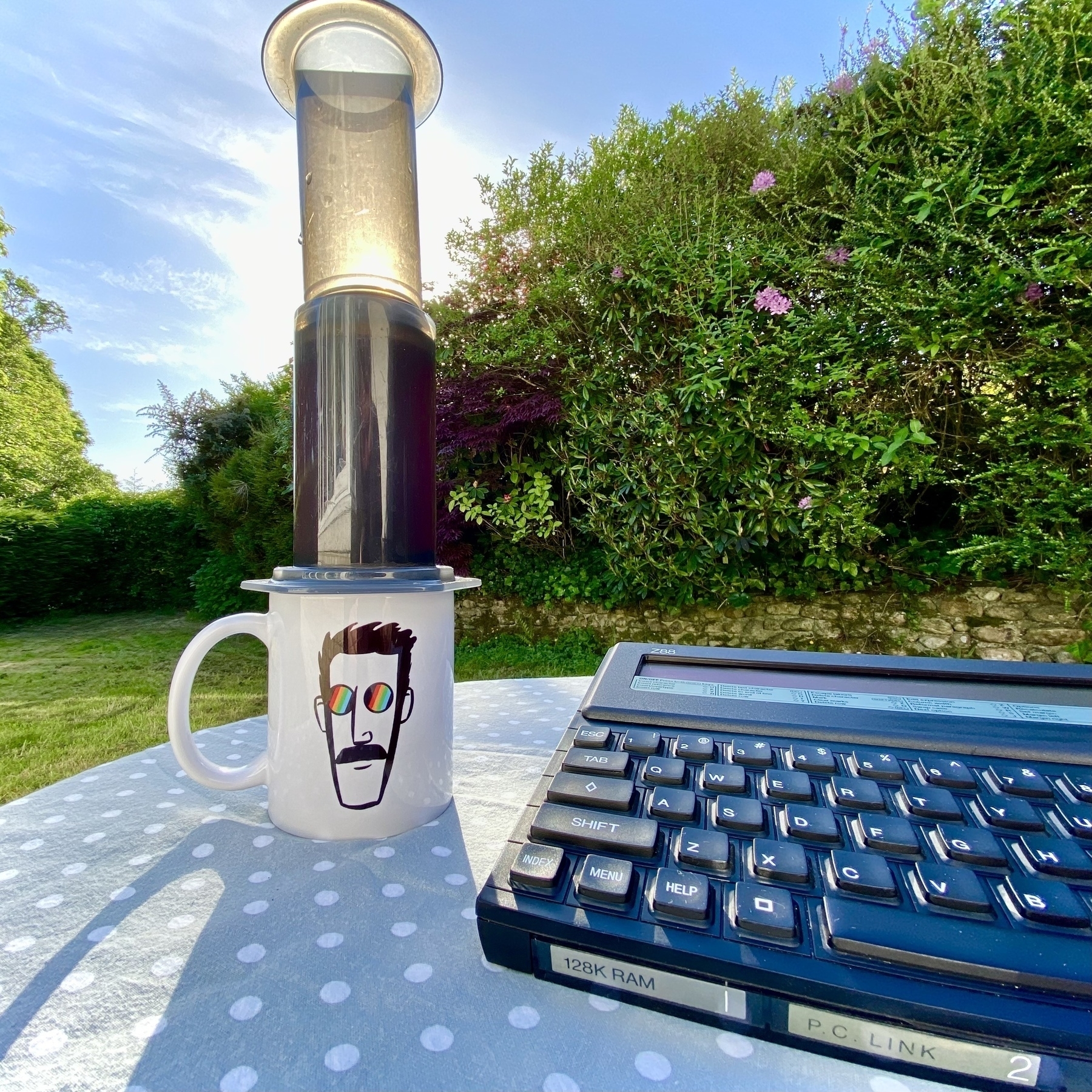
Good morning! (It’s Snorkin’ Time!) ☕️🎩

I just finished building my new PC! #RC2014 #RomWBW #Z80 #CP/M
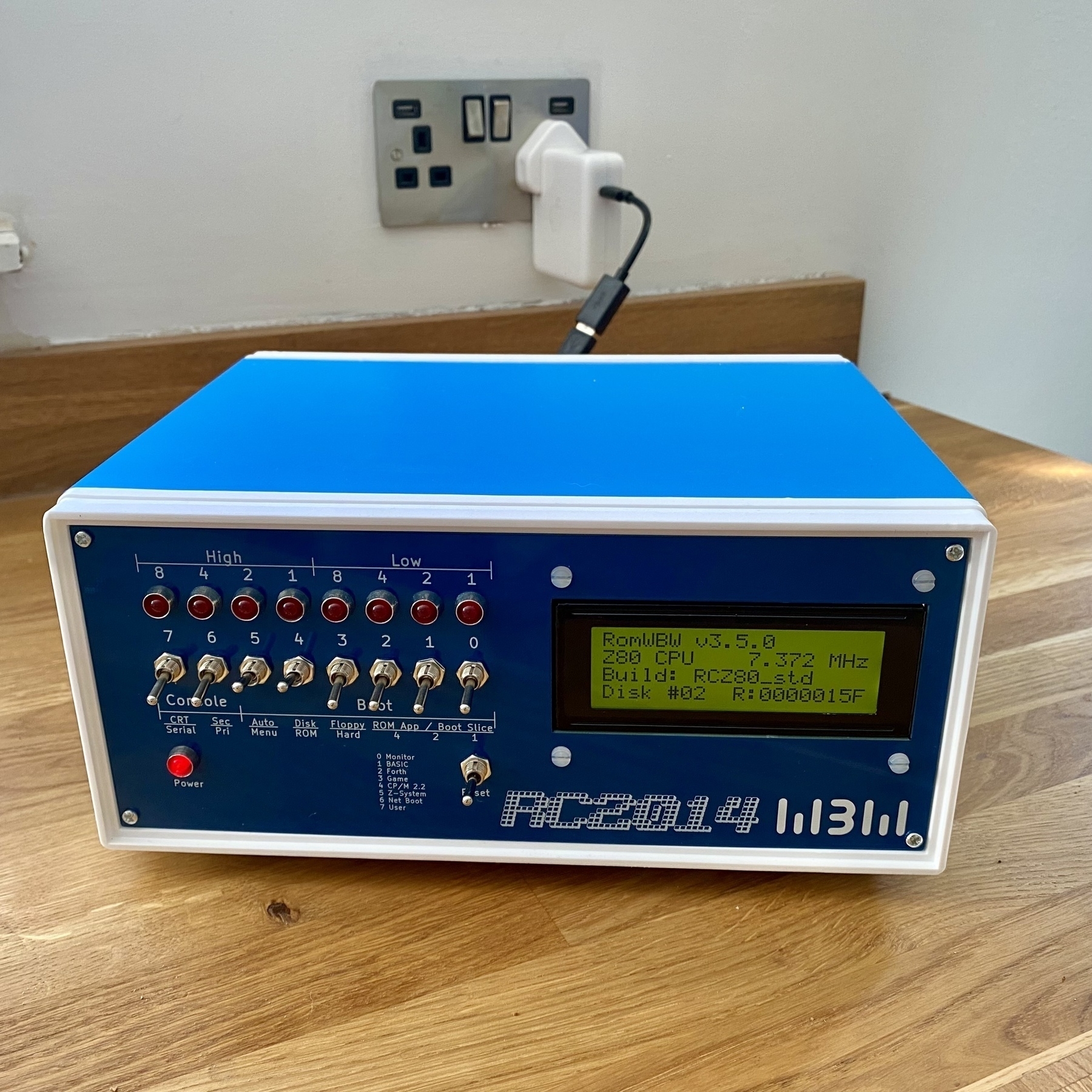


Upgrade time! I’ve added a combined 512K ROM / 512K RAM card to my RC2014 which replaces the two respective cards from my old setup and also brings the RomWBW system to explore. I’ve had the upgrade kit since the Retro Computer Festival in November and finally built it tonight! #Z80 #CPM
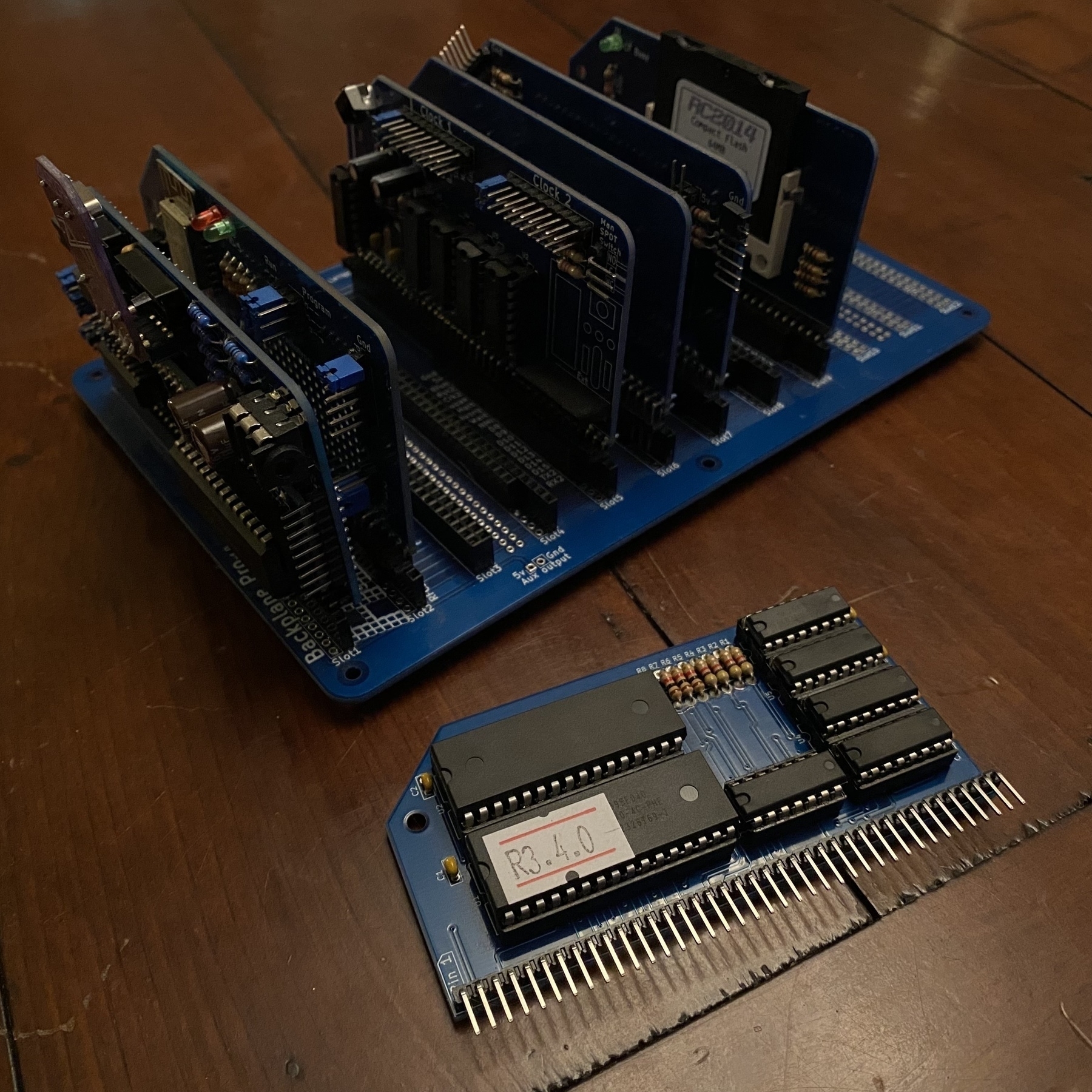
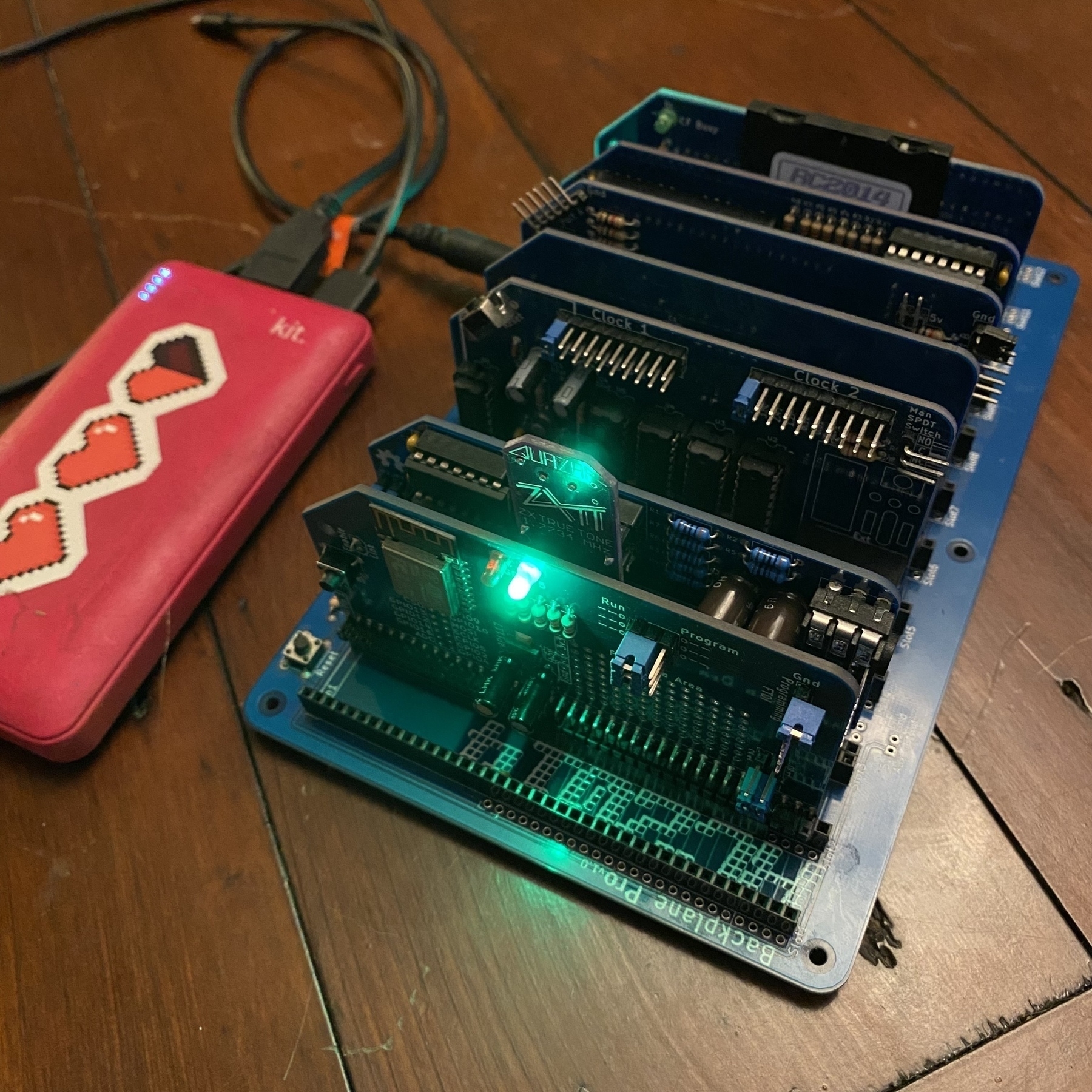
I love an 80s computing book with completely unhinged technology metaphors.
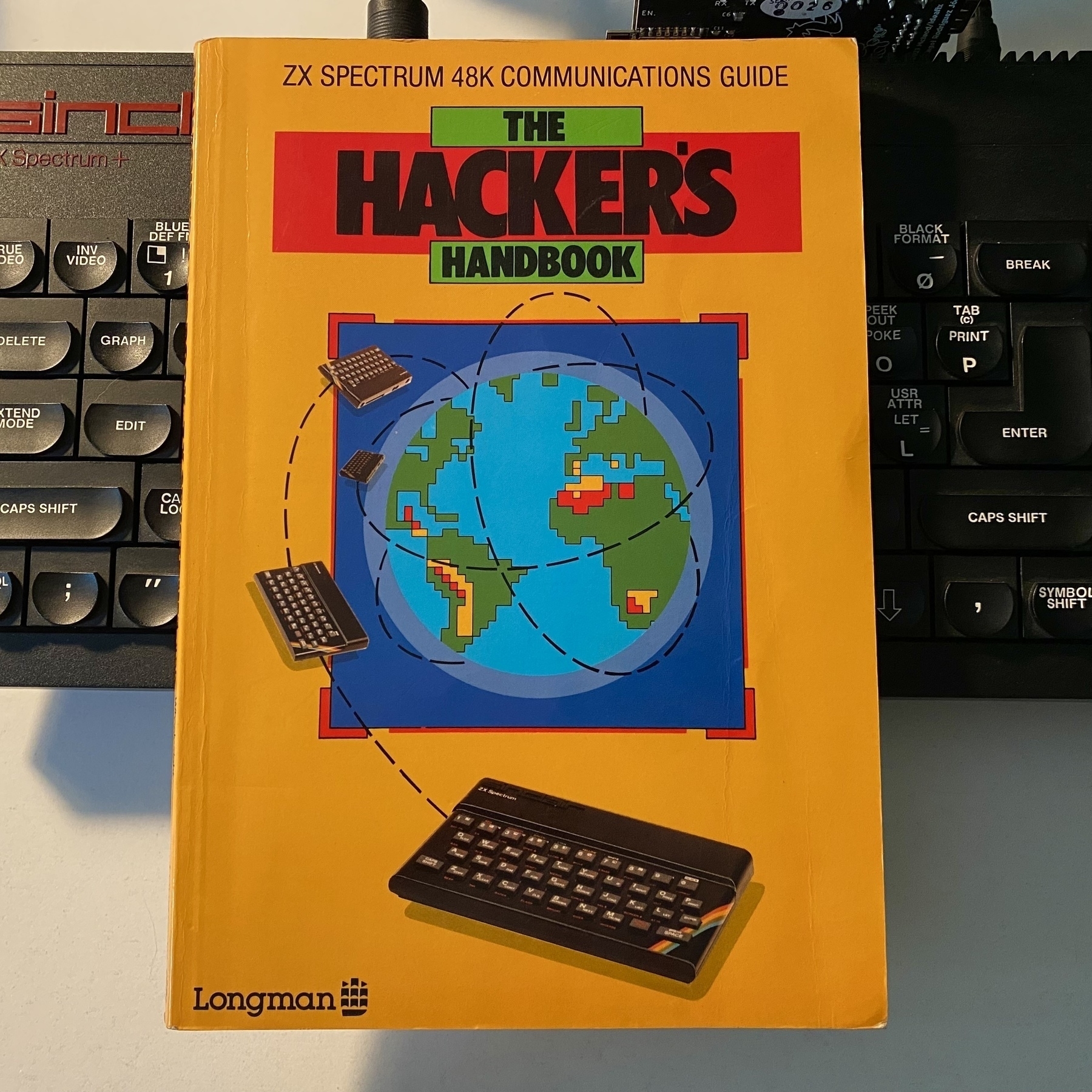


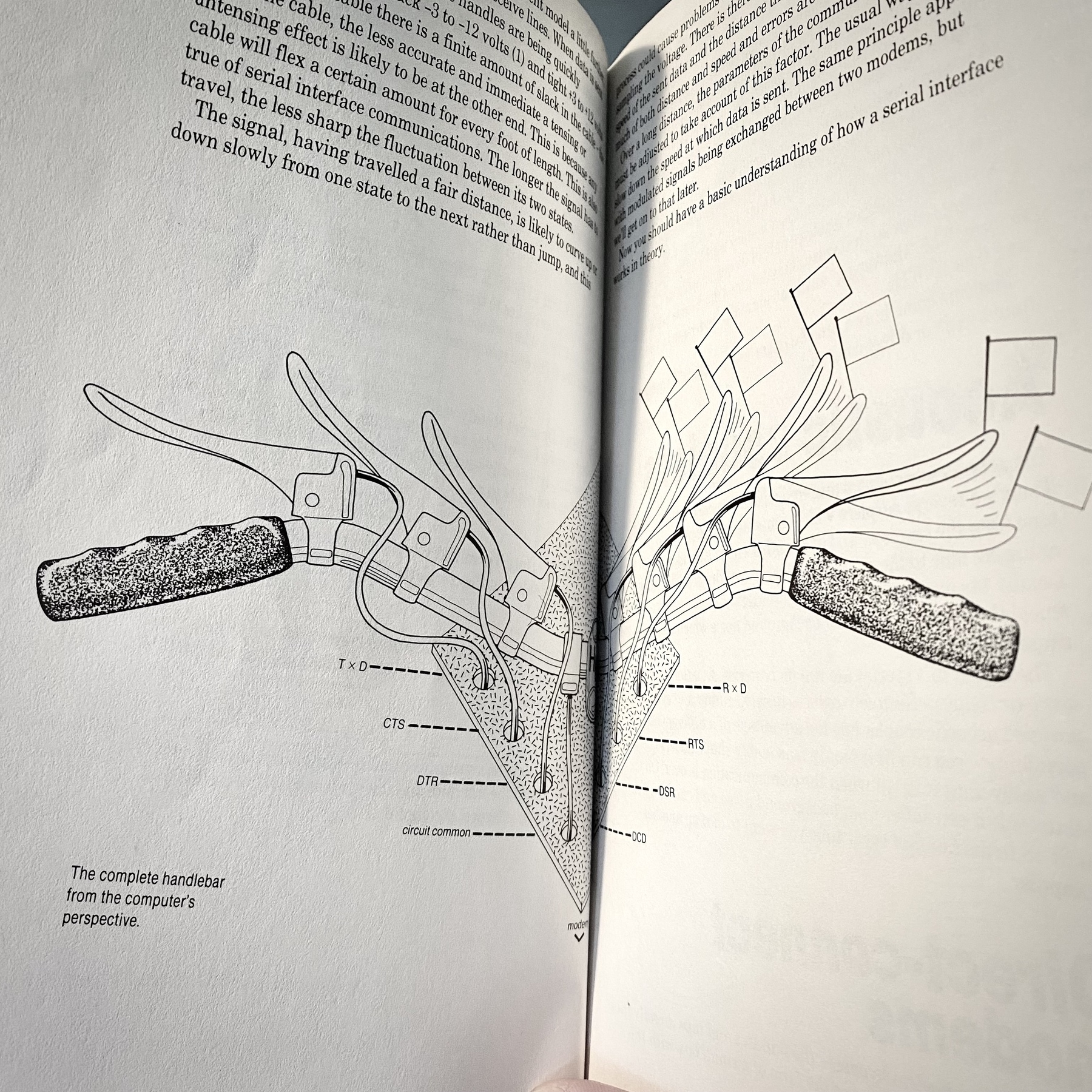
What ho, Saturday‽
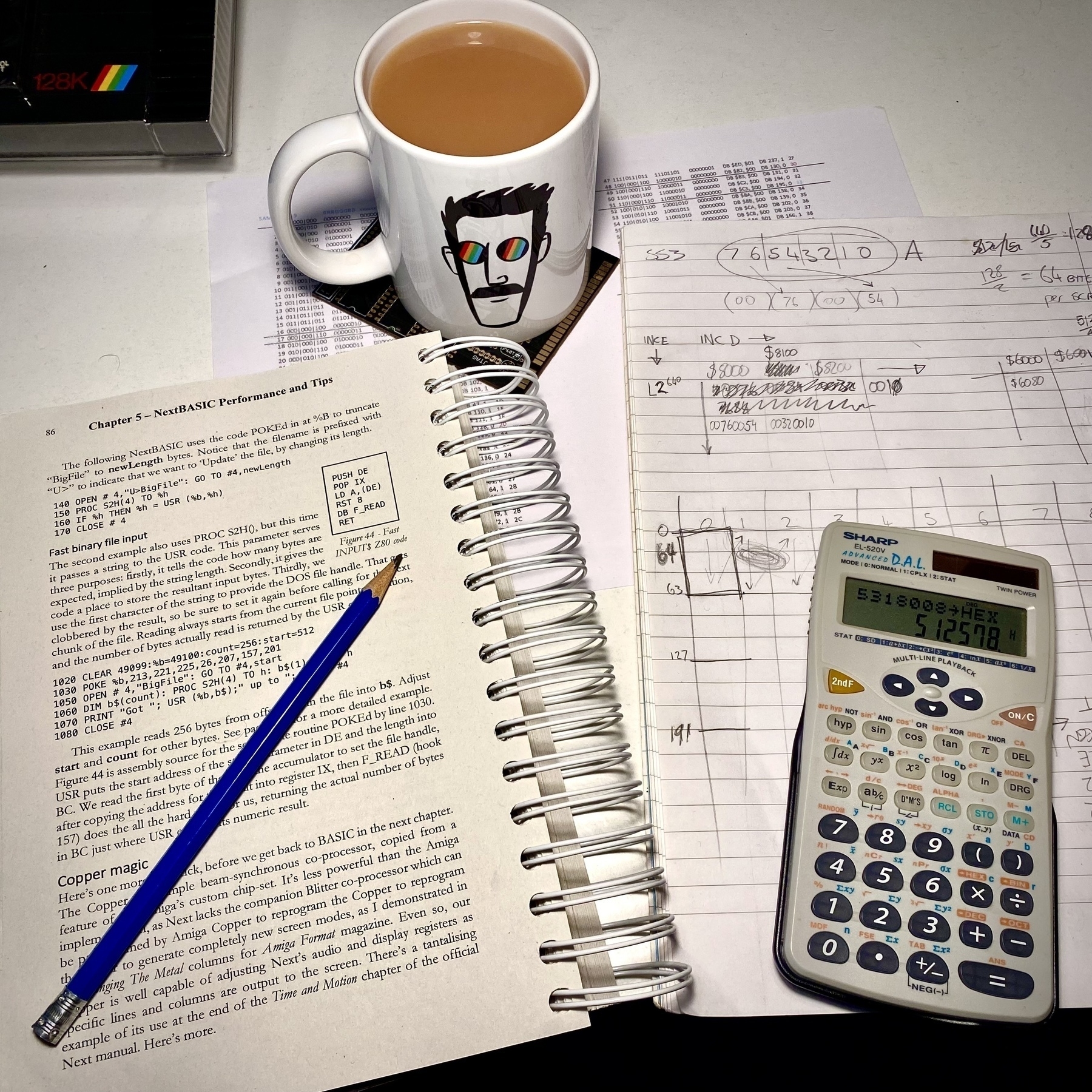
Happy upgrade day, gang! (I retired my clunky old bodge-wired external IDE interface in favour of a sleek internal fancy one). #ZXSpectrum #Plus3e
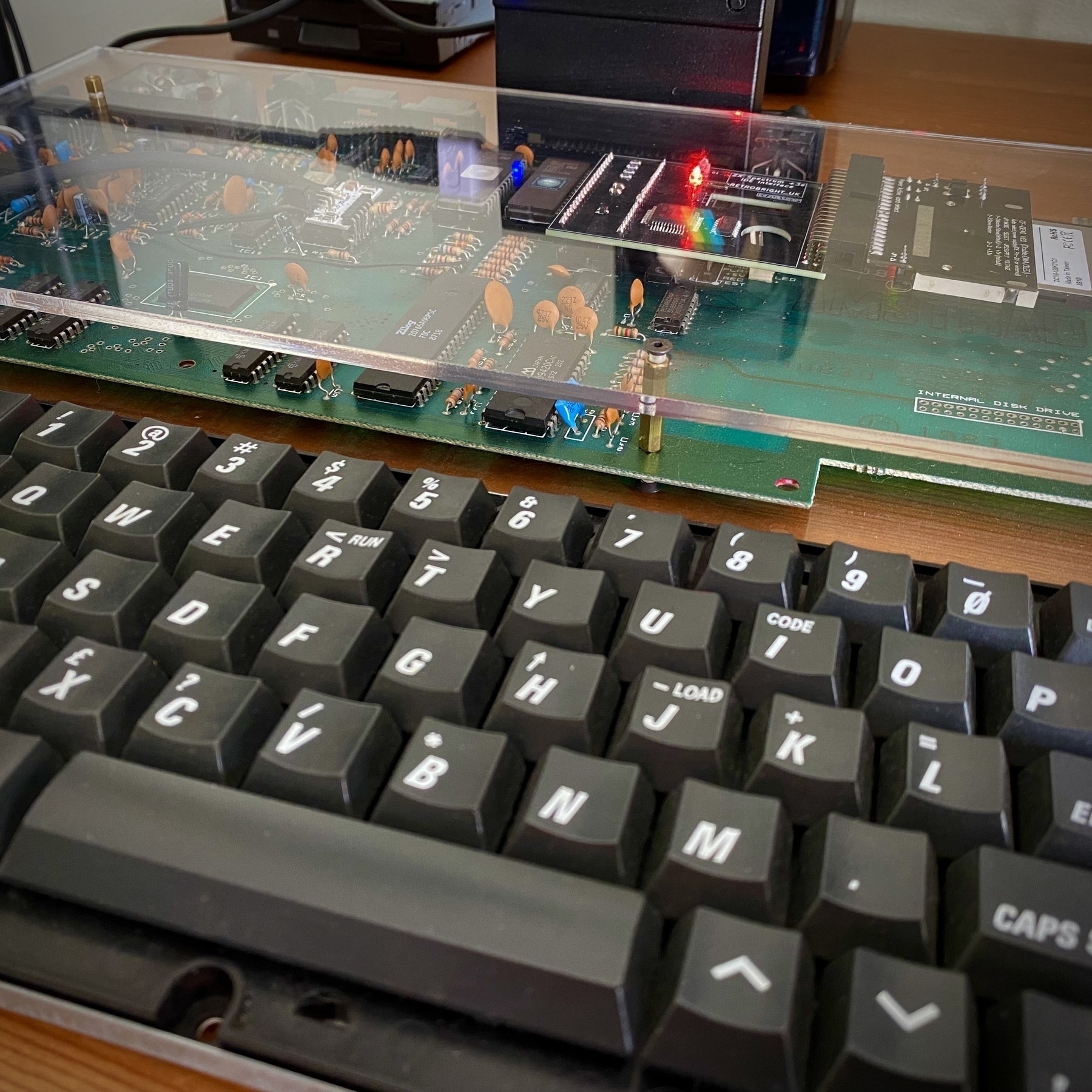
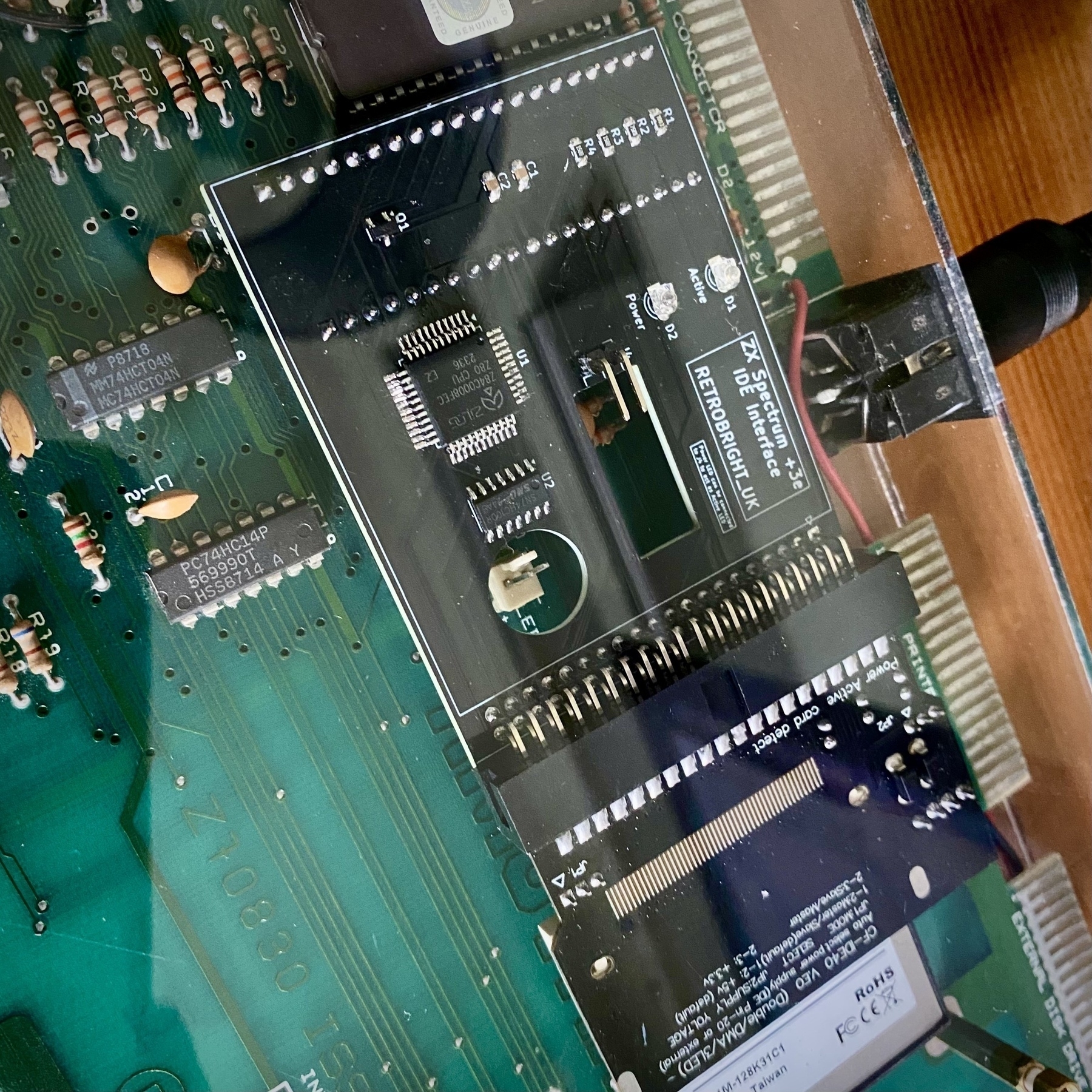
Fitting ZX-HD with a new Raspberry Pi Zero. It’s a socket connection which means that normally there’s no need for soldering, but this Pi Zero had no header pins so they needed to be fitted first.
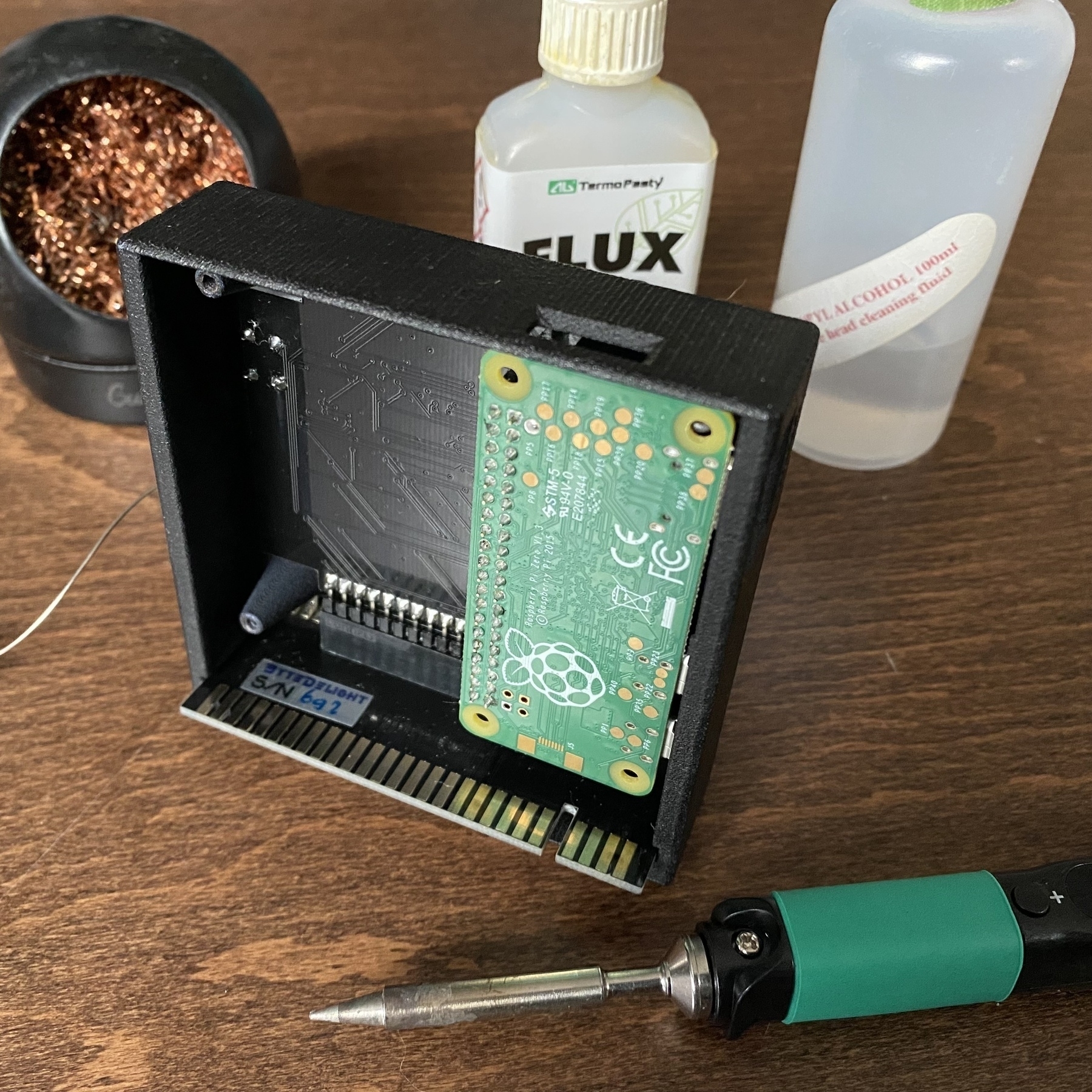
Are any ae yous intae Spreadsheets? They’re sick, man. #productivity #hustle #workSmarterNotHarder
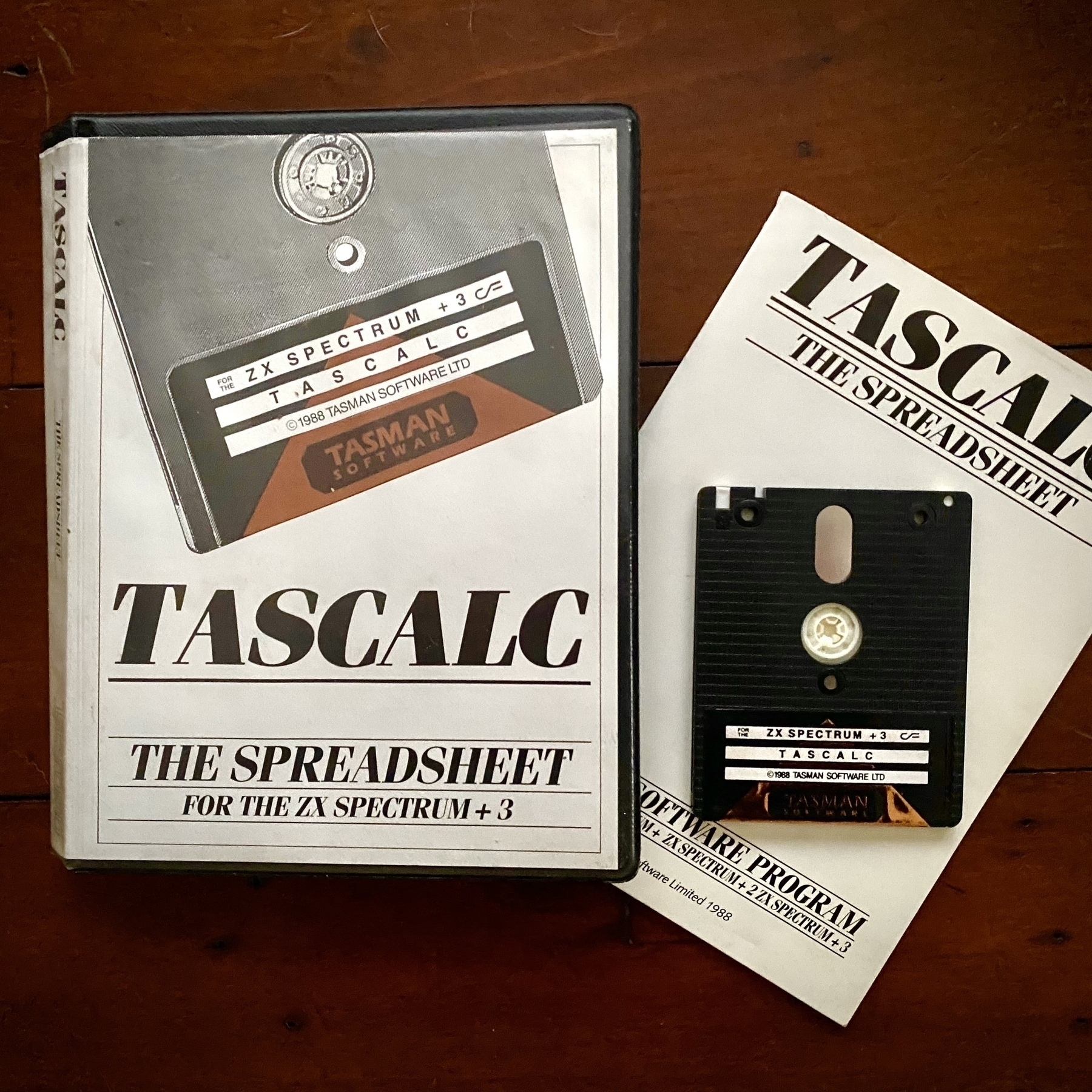
Mmmm-rrrrrr Crrrrrrrzmrrrrrrzz, rrrrvrrrrr-rrrrrnn!
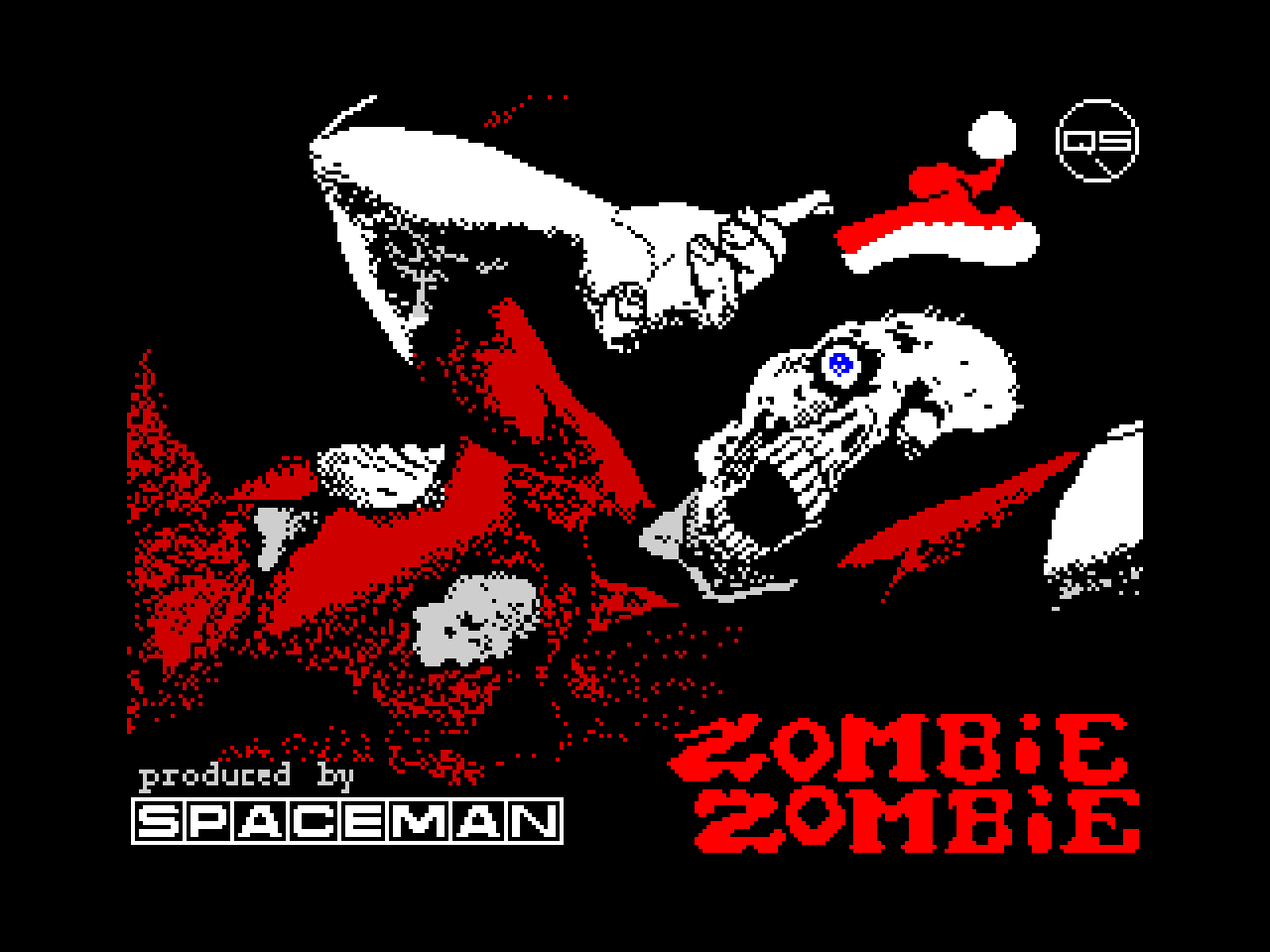
I’m about a week late but I’ve found something “healthier” and all together more fun than chocolates. #advent #zxspectrum

Gotta toast fast #zxspectrum
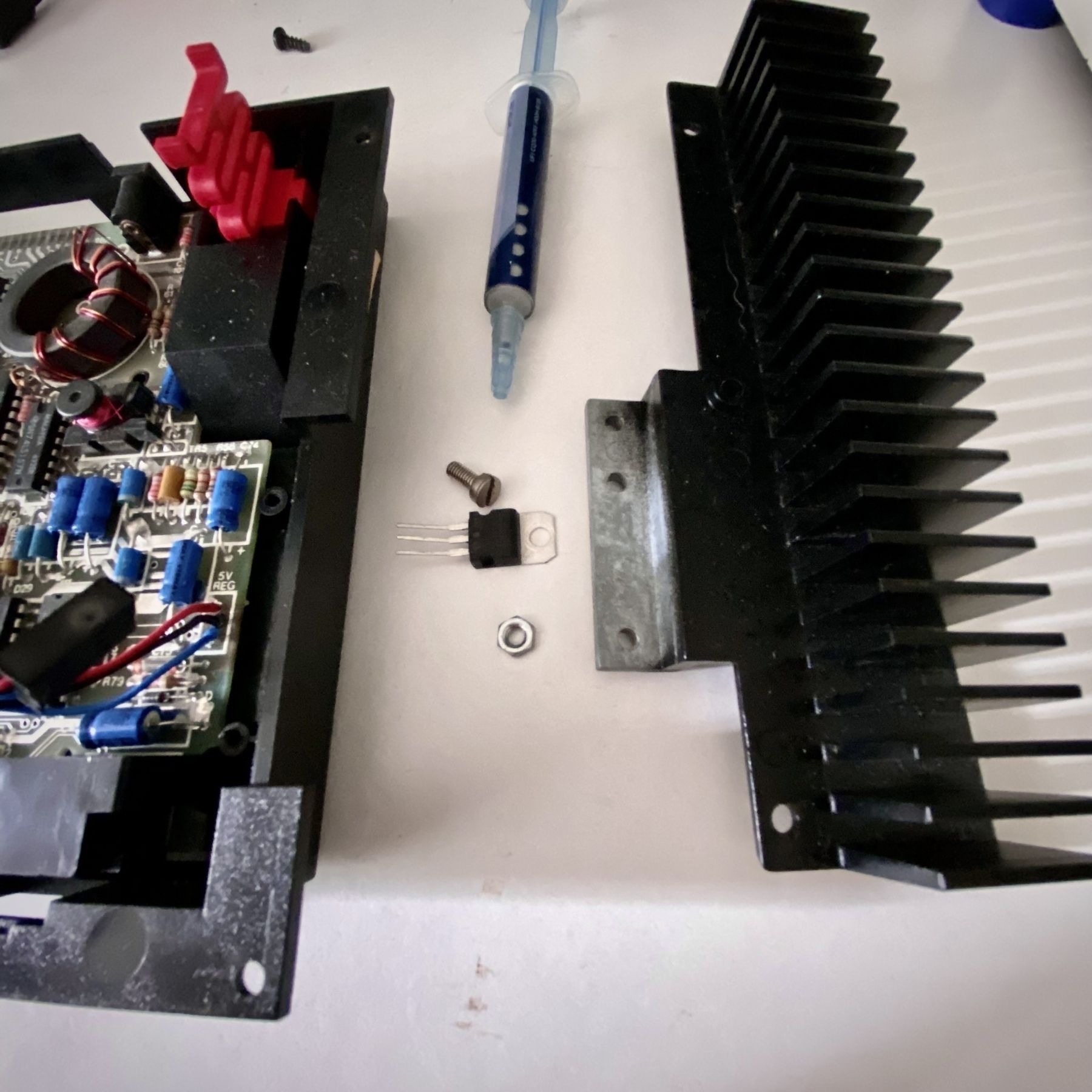
Day #2 in Cambridge In the city centre on the Sinclair and Acorn trail.


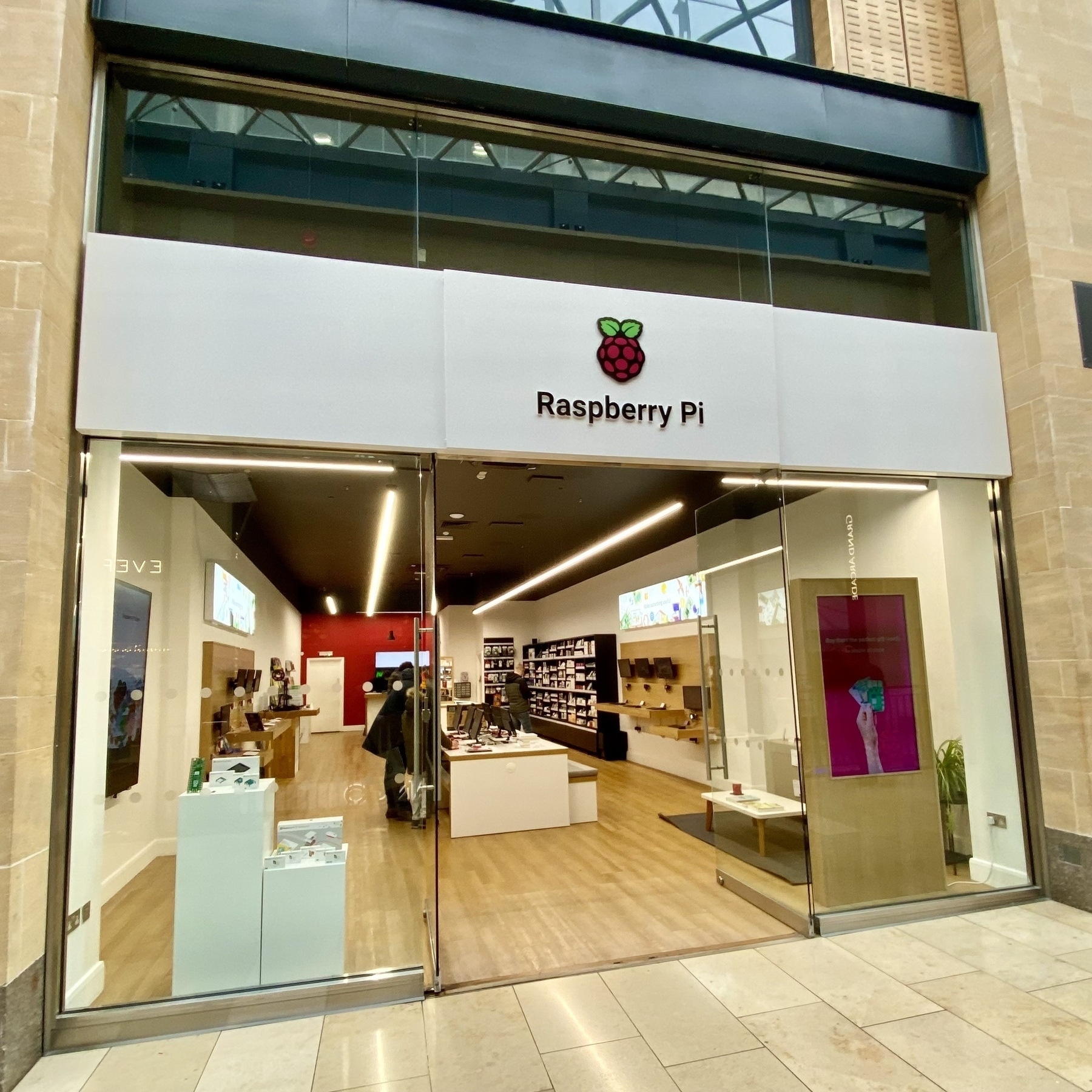

Retro Computer Festival 2024 Centre for Computing History in Cambridge I had a lovely time and spoke with many lovely people! A very welcoming bunch of retro folks, with so many interesting stories to share. Thanks to the CCH for a great event!
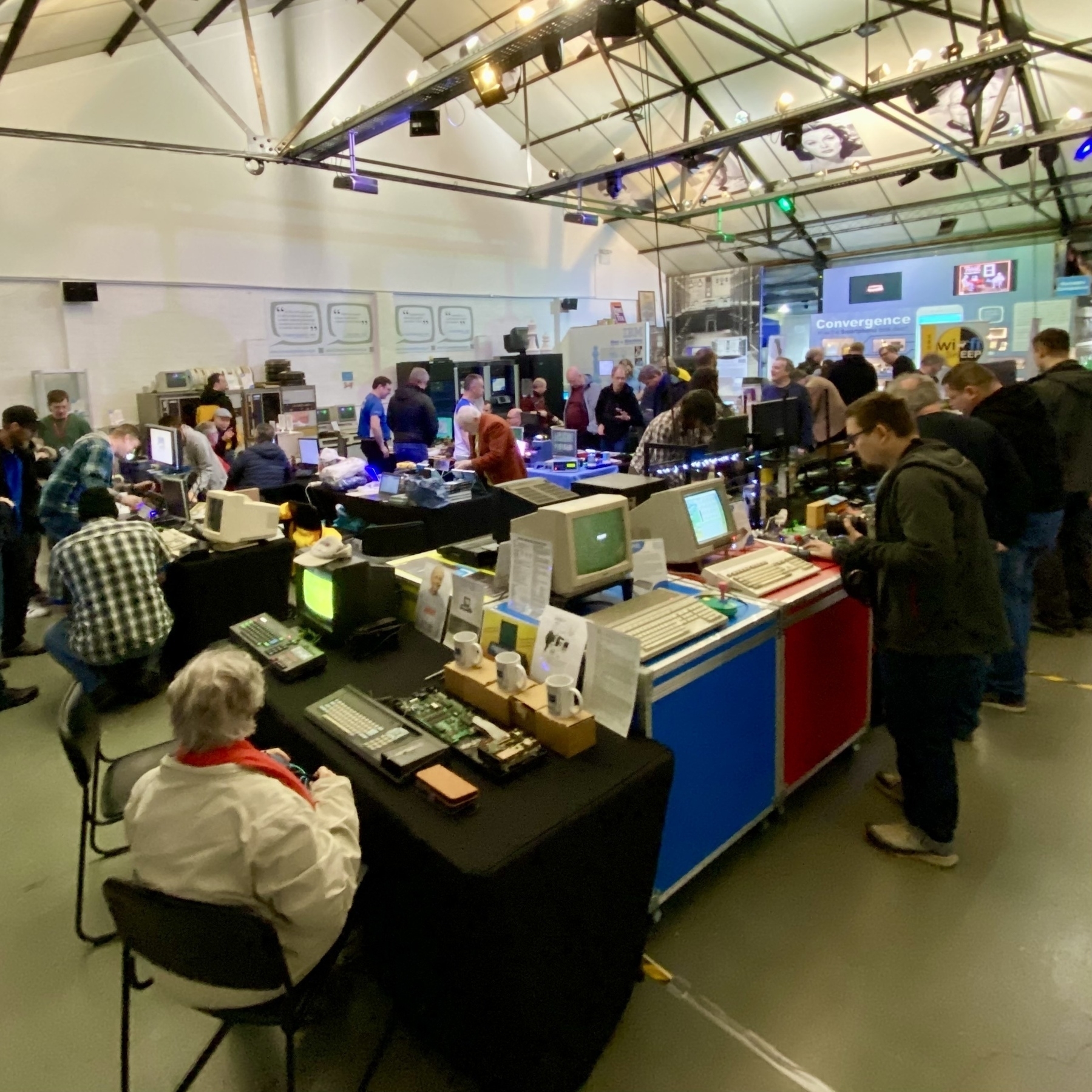
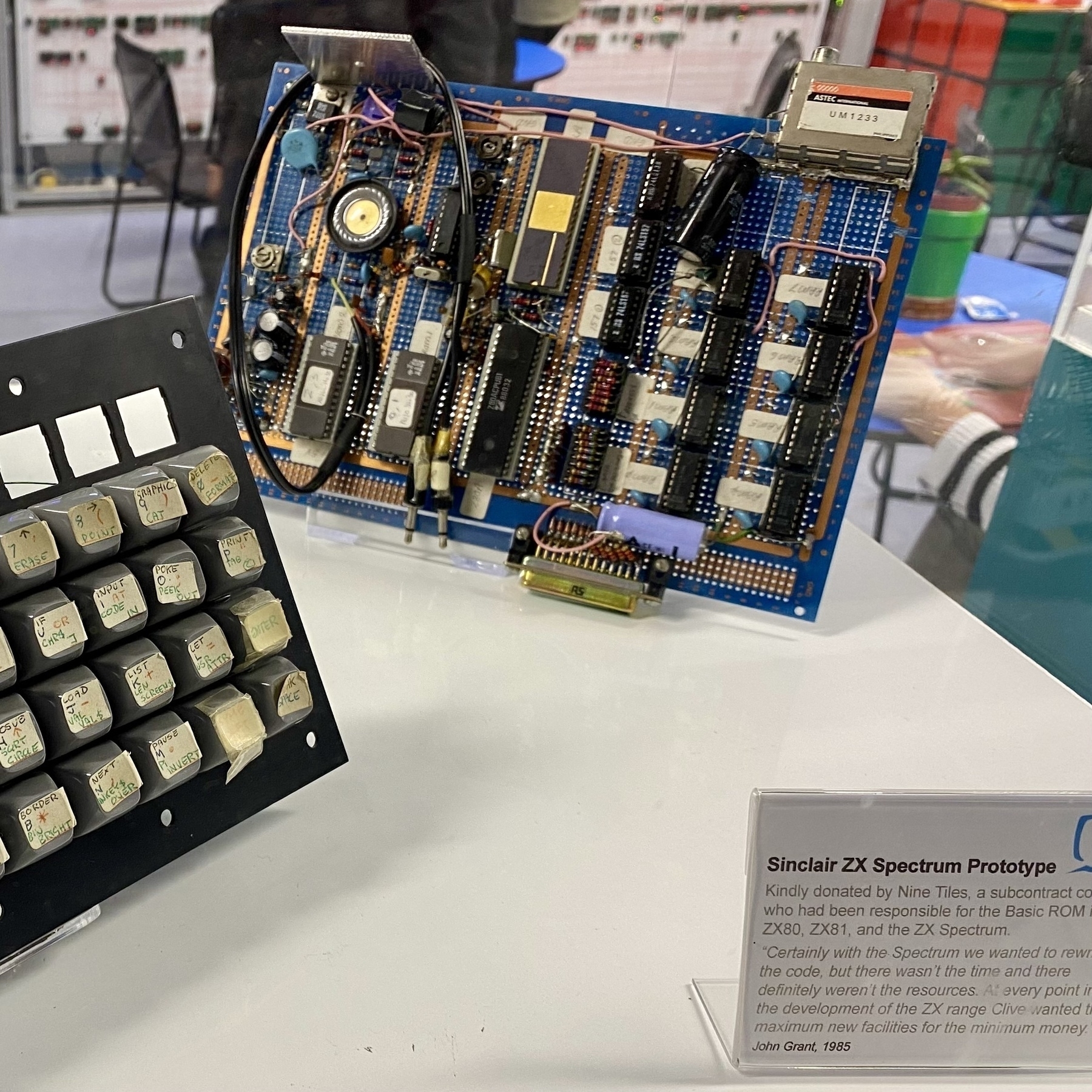

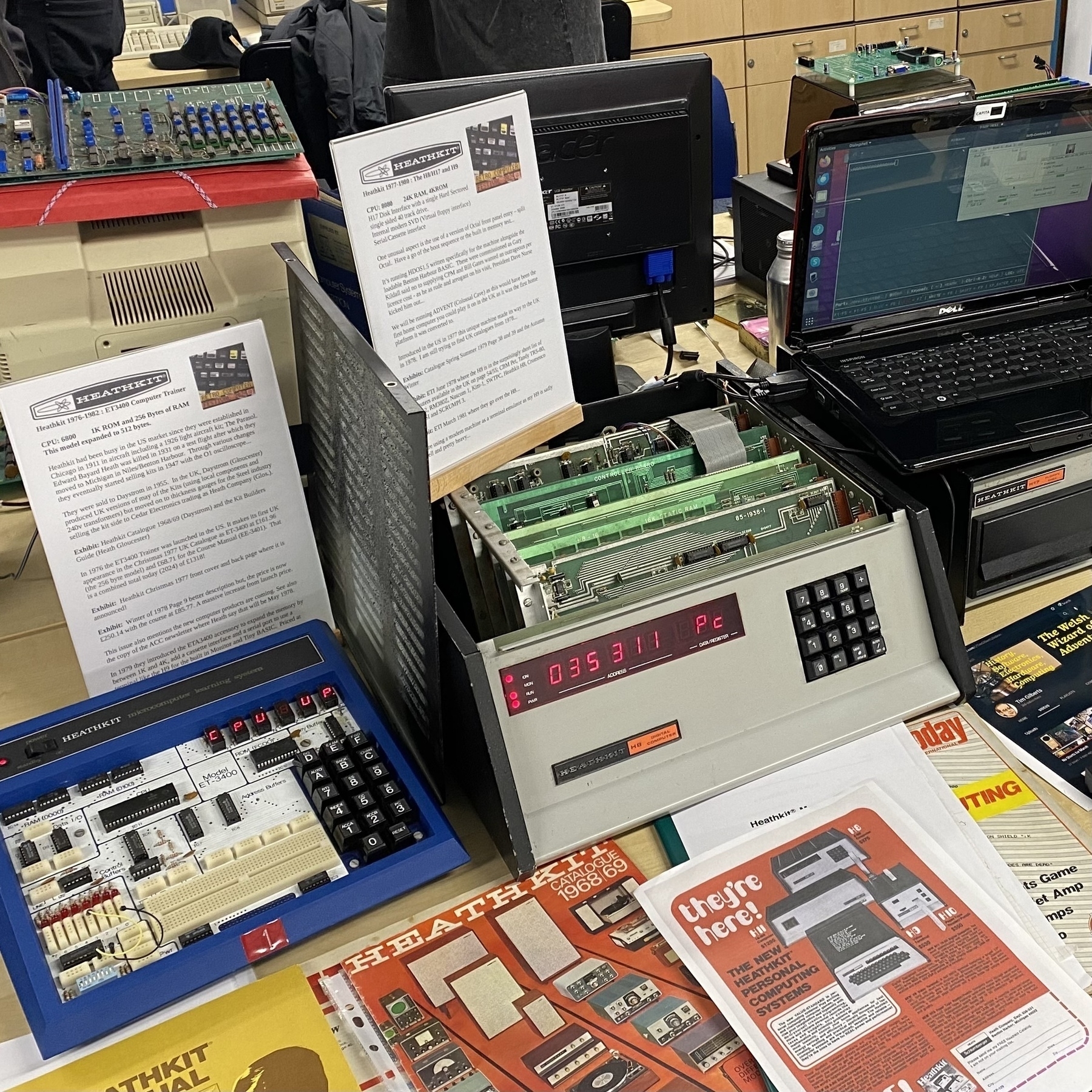
Fun with MIDI!

The Micro Enquirer (Spectrum)

I am on my holidays.

I’m working on my (second ever!) ROM hack this weekend and a random glitch has given me an idea…
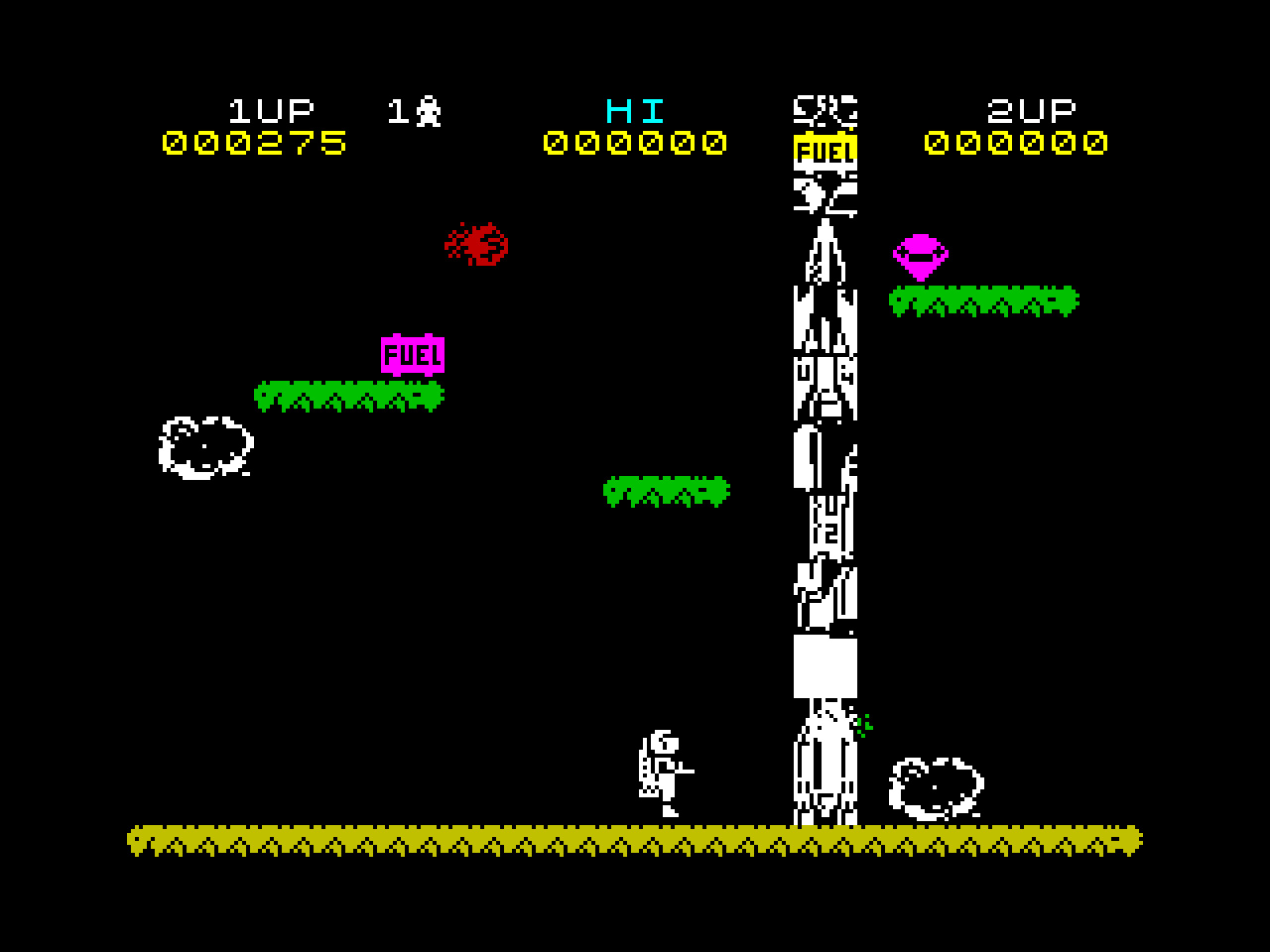
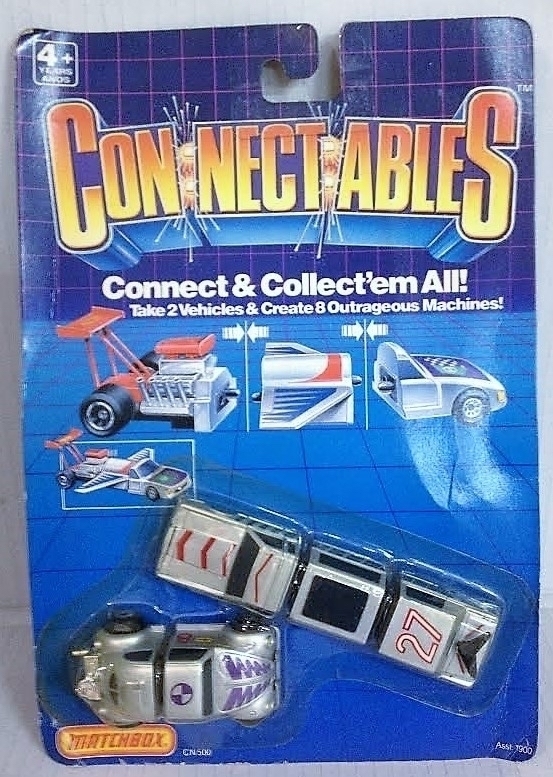
Work in progress! (This photo didn’t attach to the previous post for some reason). I’d had the thing open years ago to service the belt or something but the old brittle wires gave way and it took some effort to deduce what goes where! It languished in the garage for ages; being raided for parts a couple of times, but I decided to give it another go last night. I couldn’t find a schematic for the whole unit, but the data sheet for the LA4160 amplifier IC was very helpful.
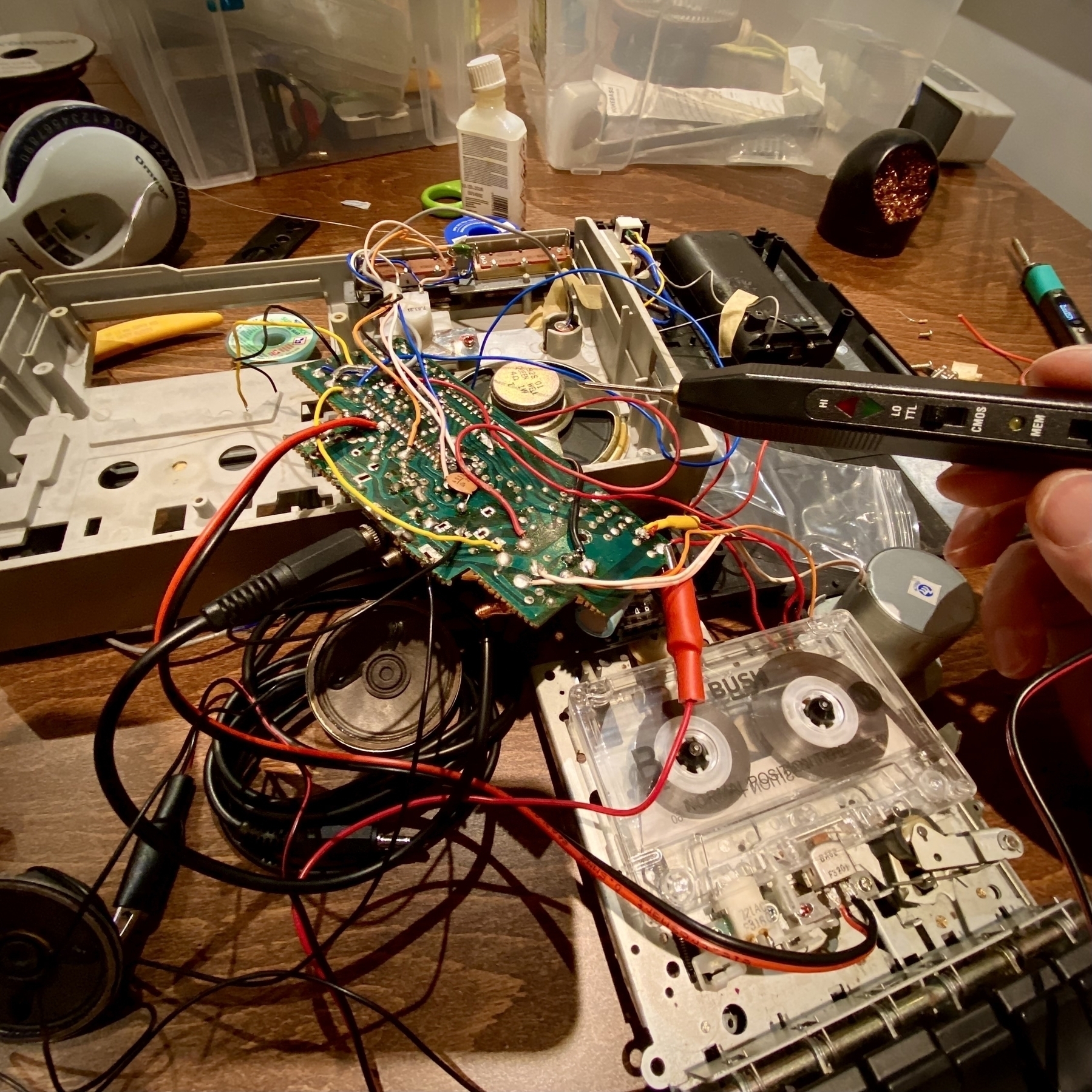
Fixed it! I had to improvise an output socket—I harvested the original one when I thought this player was beyond repair, but this was my childhood Spectrum cassette recorder so I made the effort to fix it. #HiFi #ZXSpectrum
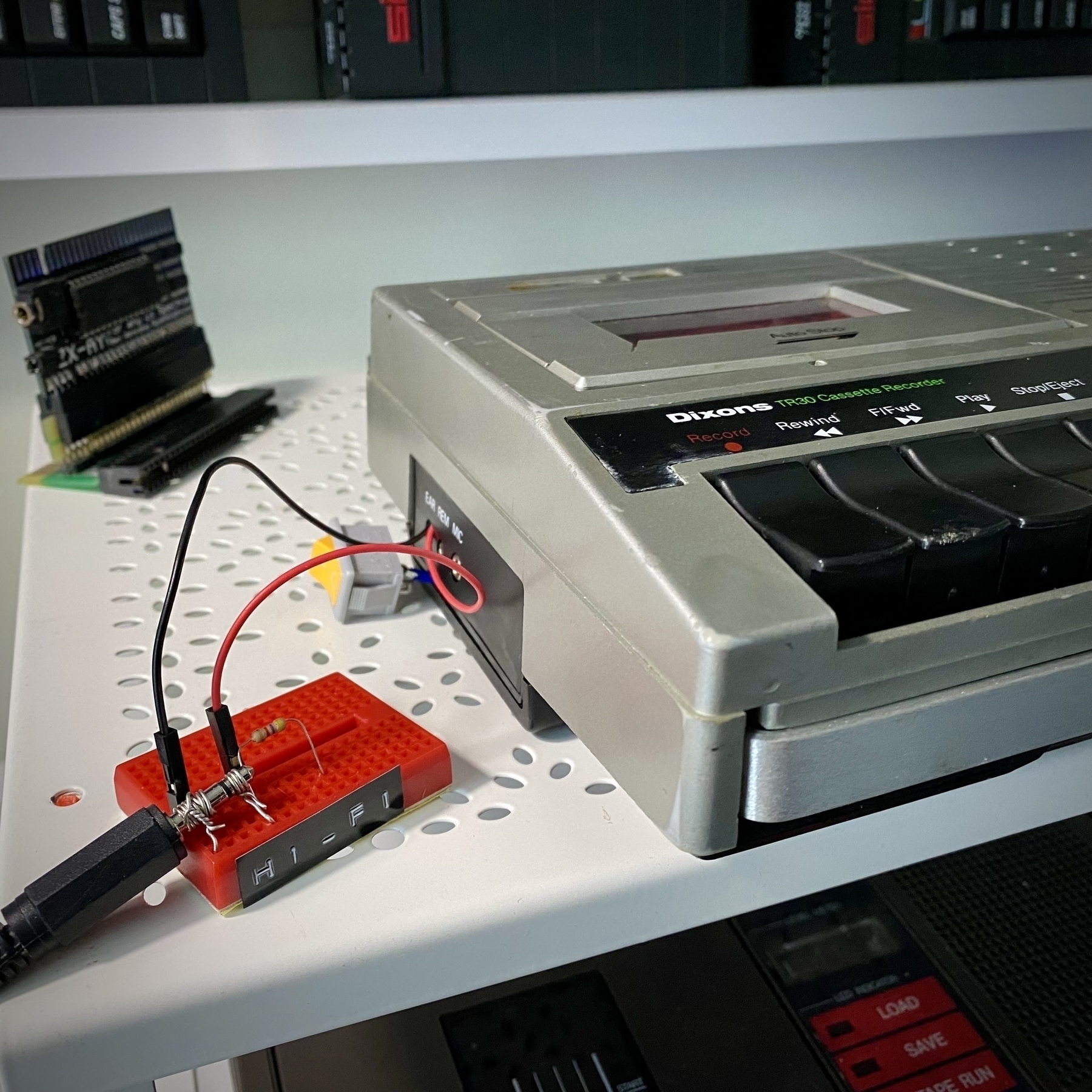

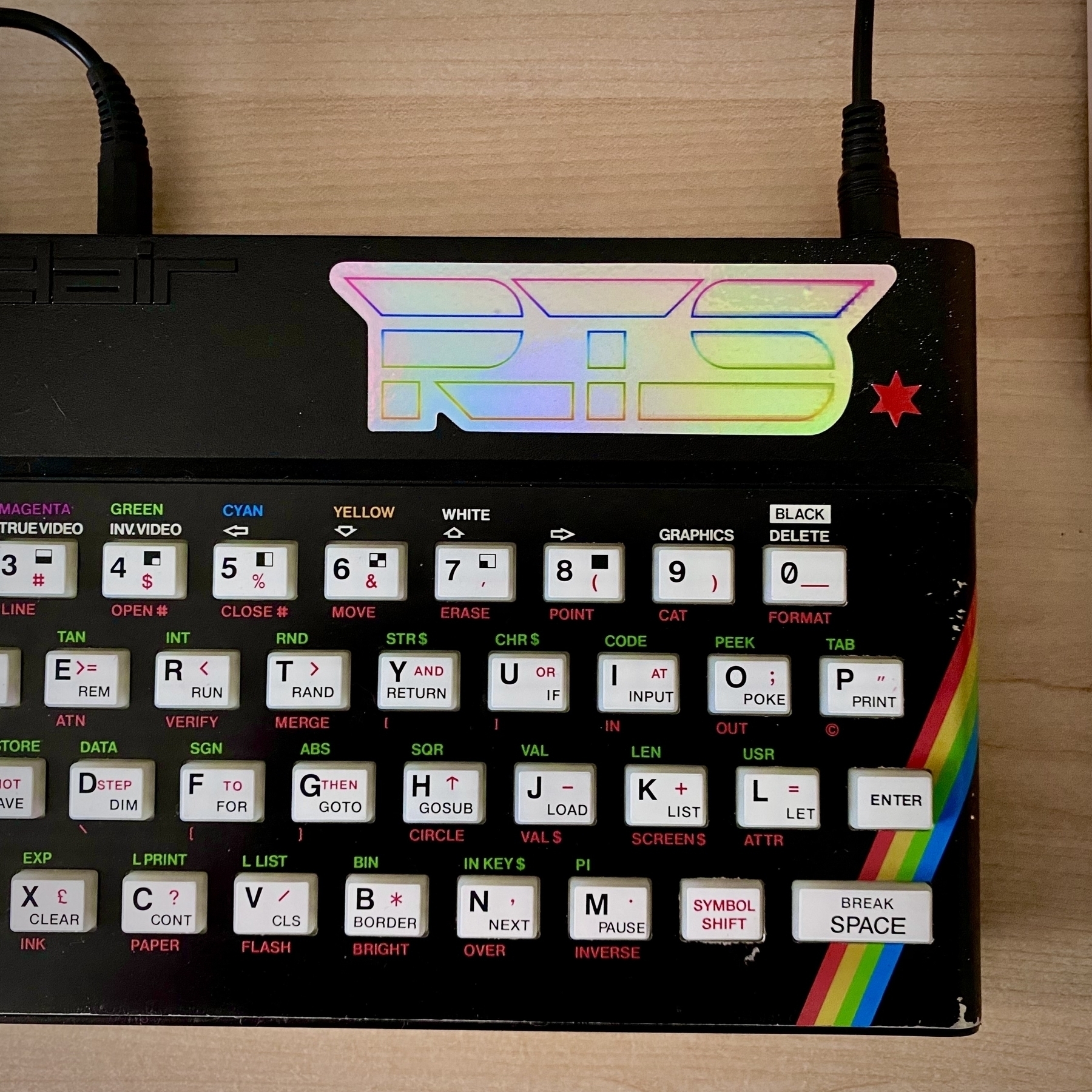
Midnight maths club
Tonight we’re learning (or really just enjoying looking-at) bifurcation diagrams generated by Feigenbaum constants (…and very slowly plotted on a ZX Spectrum!)

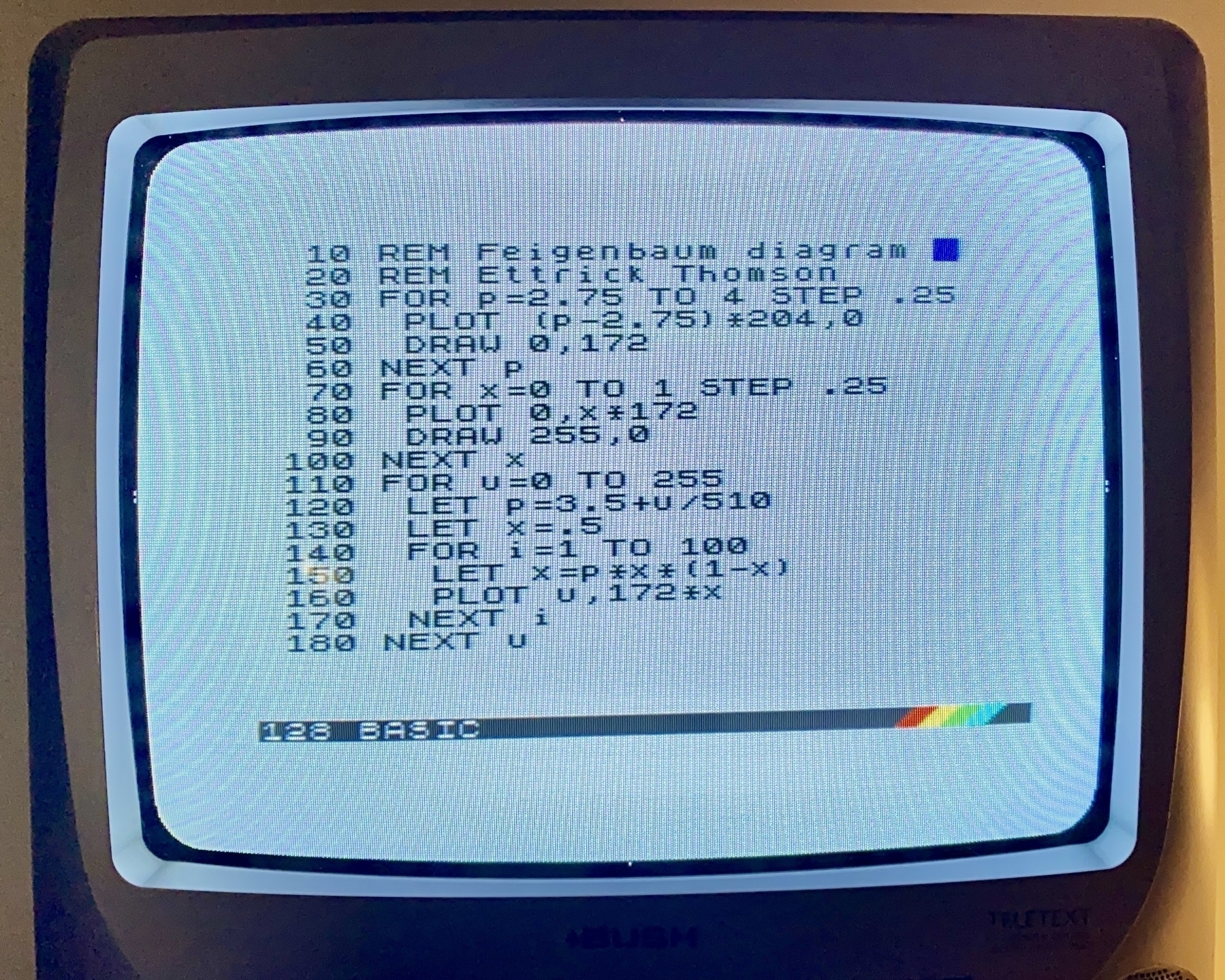
I had a great time at the Acorn Computers User Group meet-up last night in Falkirk. I was notionally representing SAM Coupé, but I spent almost the entire time learning about Elks, Masters, and RISC OS machines (and much more!) More pics at Spectrum Computing forum.
📷 Tosk / Retro Rendezvous
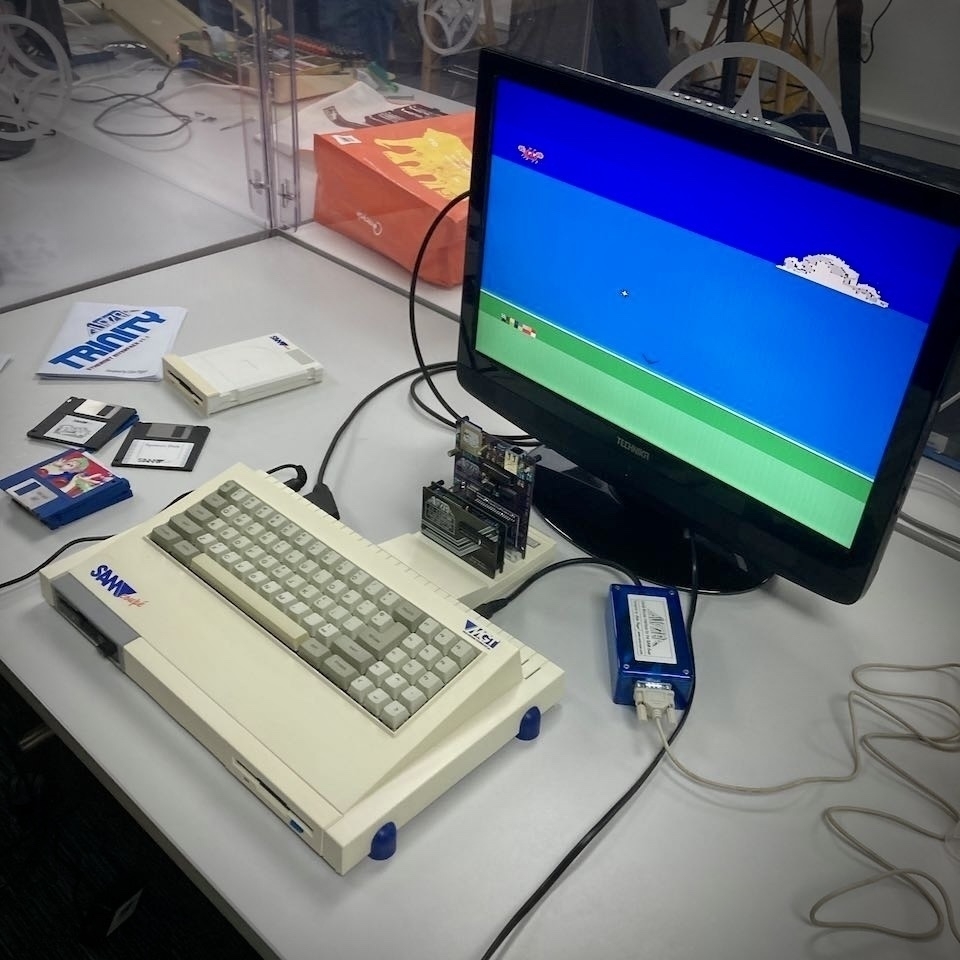
“The marvellous thing about a singing horse is not that it sings well but that it can sing at all. To accomplish speech synthesis on a Spectrum with no additional hardware is a marvel of a similar order”.
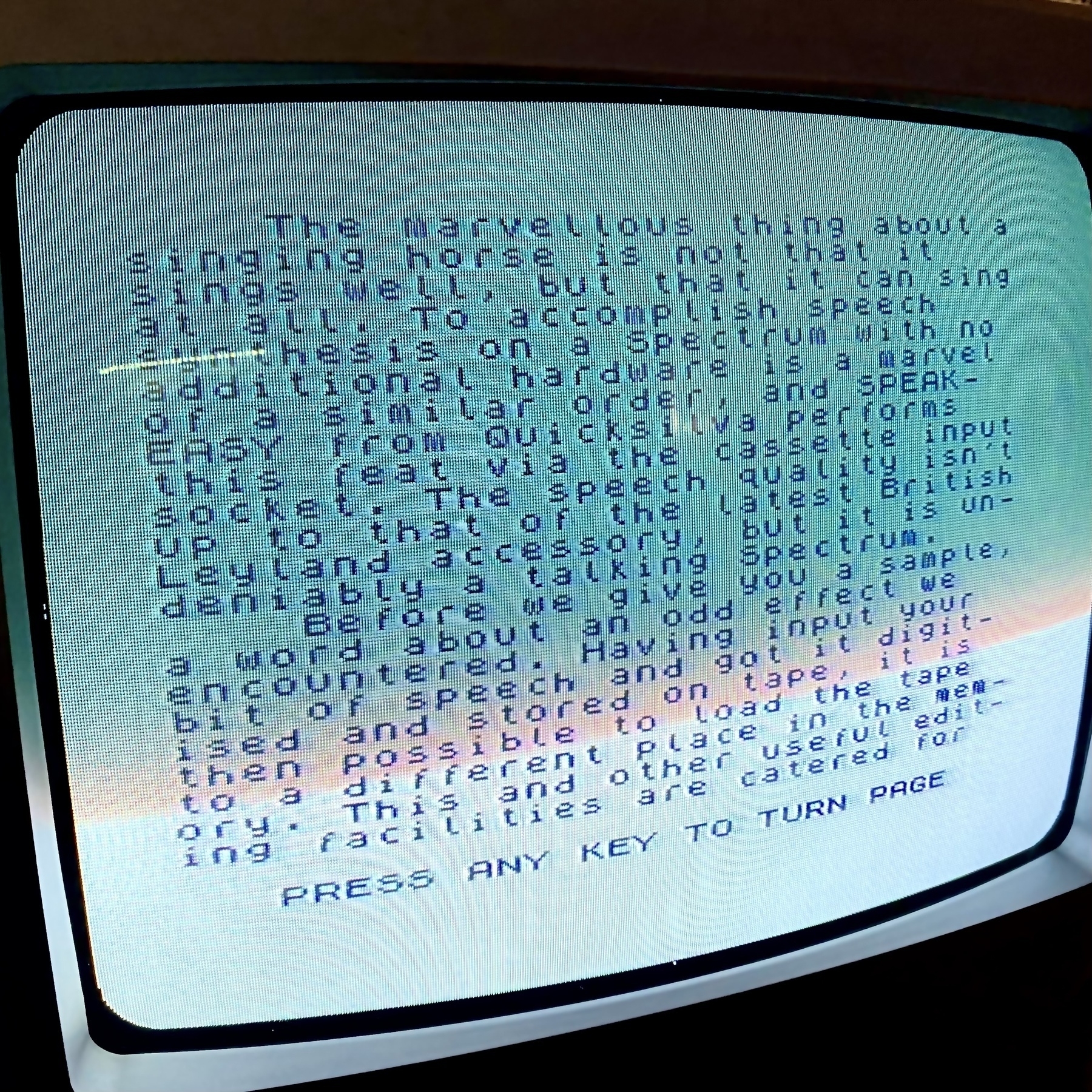
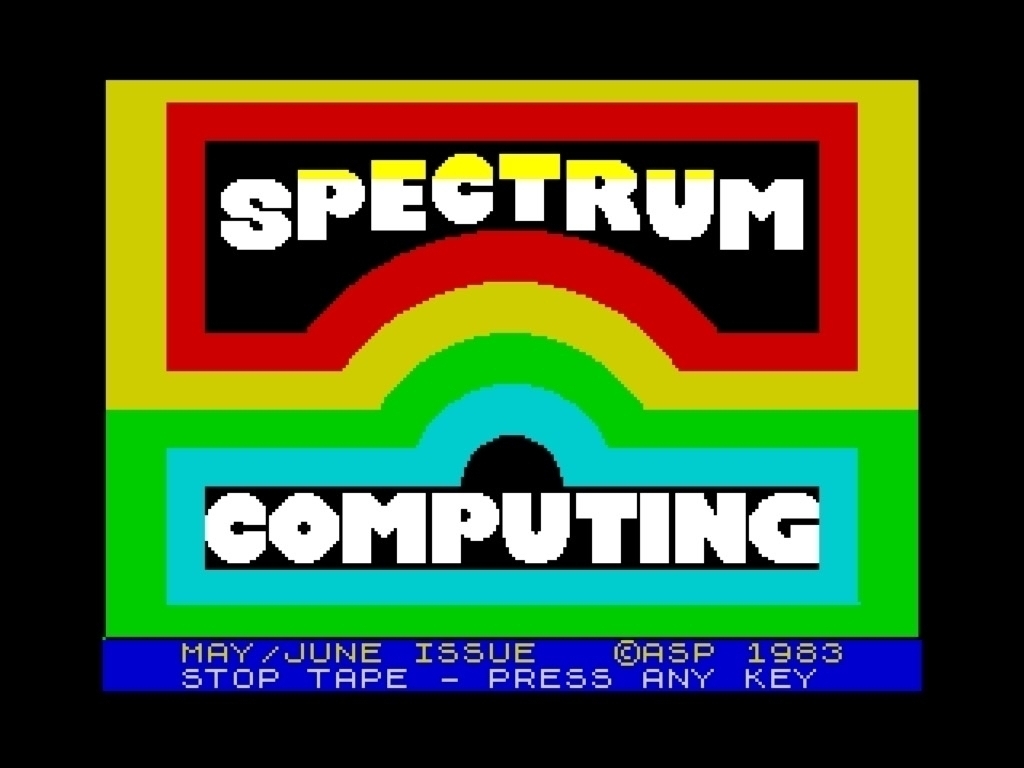
ZX Spectrum PlusD (clone) disk interface. The last of the parts arrived today so I blew the EPROM and programmed the GALs. And it worked!



Tell you what, going back to 1206 SMT components after working with 0805 scale devices is like moving paving slabs around. (Strawberry Chuppa Chupp for scale)

Well. Time to learn how to blow a GAL. 👨🏻🏭
